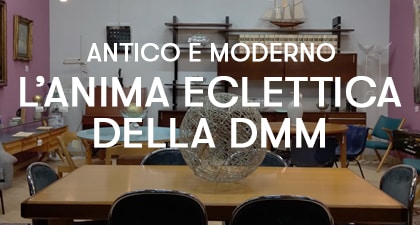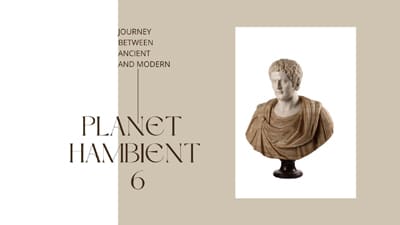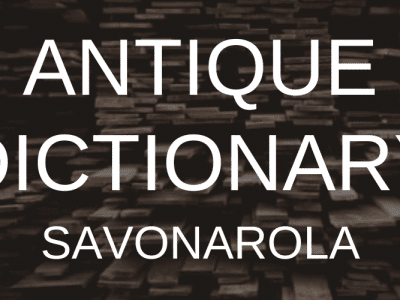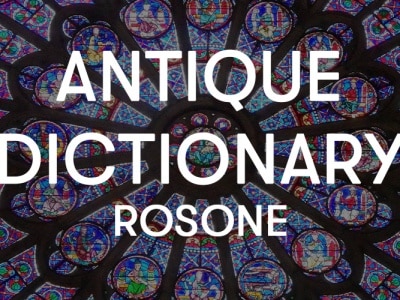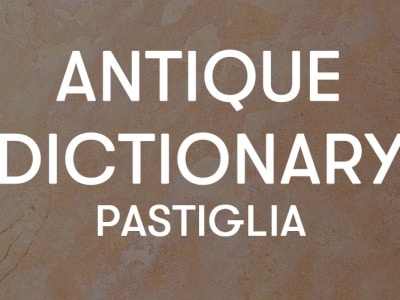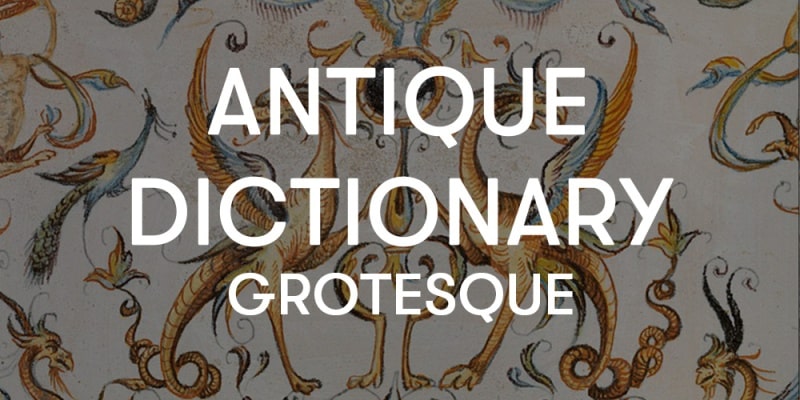
Today’s word is: grotesque. We will explain what this term means and how it is described by Vasari. Finally, the usual little curiosity.
What is grotesque?
Before understanding what the grotesque is, we want to make a small clarification: the term is almost always used in the plural. In this page of our dictionary, therefore, we could use “grotesque” but we are always referring to “grotesque“.
To explain the term grotesque we will use descriptions of antiquity. The word is affirmed in the first half of the sixteenth century, probably in a Roman environment. The first appearance was in Roman Prospetic Antiquaries. A poem written around 1500 in Leonardo’s environment in Milan. Here is the passage in which the grotesques are quoted:
Caves ruined caves
of relief stucco other color…
Andiam on the ground with our ventresche with bread with presumptive poma and wine
to be more bizarre to the grotesque
The oldest form of “grotesque” derives, as it is easy to imagine, from “cave”. It is connected to the findings of the early sixteenth century of ancient decorations on the walls that were made in Rome, in particular in the rooms of the Domus Aurea neroniana. These were called “the caves”. They were not underground buildings, but ancient buildings partially or totally buried following collapses.
Here is a description of N.Dacos that describes what the grotesque is:
“The knowledge of the decorative systems of Nero’s vaults is to upset … the very foundations of artists’ aesthetic convictions. The vocabulary consisting of monstrous, partially human elements, animals or plants, collected according to all the traditional combinations of backgrounds and floral decorations of Hellenistic derivation, stimulates their imagination and pushes them to conceive new hybrid beings and new metamorphoses”.
When are grotesques born?

The first statements on grotesques occurred in the last decades of the fifteenth century in the environment of Florentine and Umbrian painters such as: Filippino Lippi, Ghirlandaio, Perugino, Pinturicchio and Luca Signorelli.
The grotesques had a great diffusion. Their fortune can be traced back to their use in Raphael’s Lodges in the Vatican Palace (1517-1519). To find out more about these splendid works where Giovanni da Udine was particularly laborious, we suggest you look here.
An example
The grotesque explained in old Italian as we have done so far can be difficult to imagine. It is actually a decorative element widely used especially for doors, frames, paintings and furniture. Most likely you have already seen it but you did not know its technical name.
As usual we show you a piece in our gallery.

It is a neo-Renaissance style bookcase supported by carved feet. On the front it has two pairs of panelled and carved doors in the lower part, while in the upper part they have glass with iron grilles. The doors are separated by a carved pilaster with foliaceous motifs, a caryatid and a military figure; The uprights are carved with a telamon and a caryatid to support the entablature. The latter is carved with a central eagle and grotesque motifs.


The Grotesques and Vasari

Despite the term grotesque it was used by many authors in the past (Benedetto Varchi, 1547; Francisco de Holanda, 1548; Anton Francesco Doni, 1549; Michelangelo Biondo, 1549), the oldest description of the genre and the technique of execution is by Giorgio Vasari in 1568.
Vasari dedicates an entire chapter of the Introduction to the Three Arts: of Painting to the description of the processing of grotesques on the stucco and on the wall. Giorgio Vasari is a milestone of artistic historiography and for this reason we have decided to bring you the words with which he described the grotesque:
“The grotesques are a licentious and ridiculous painting spice, made by the ancients for ornaments of rooms, where in some places nothing was good but things in the air; for which they did in those all sconciature of monstri for the stratness of nature and for the gricciolo and ghiribizzo of the artisans who do in those things without any rule, sticking to a very thin thread a weight that can not stand, to a horse the legs of leaves, to a man the legs of cranes and endless scarves and sparrows … They were then regulated, for friezes and partitions made beautiful gori”.
Vasari does not limit himself to writing a single chapter on the grotesques. In the XXVI, in fact, he provides indications for the grotesques “that are made on the wall” and in the following he indicates the four procedures of the grotesques on the stucco. From his description it emerges that the latter is the most refined technique; “Among them are mixed countries, which give them much of the cheerful, and so again stories of small colorful figures”.
Little curiosity about the grotesque
In artistic literature, particularly in the neoclassical age, censorship was very severe. And so, even this imaginative type of decoration is subjected to censorship. For this reason writers used the term arabesque instead of grotesque.
From this stratagem to escape censorship arises, however, a misunderstanding: the grotesque is often confused with the arabesque.
To discover many other antiques decorated with grotesque elements we are waiting for you in our shops and by appointment to take a tour of our warehouses.


